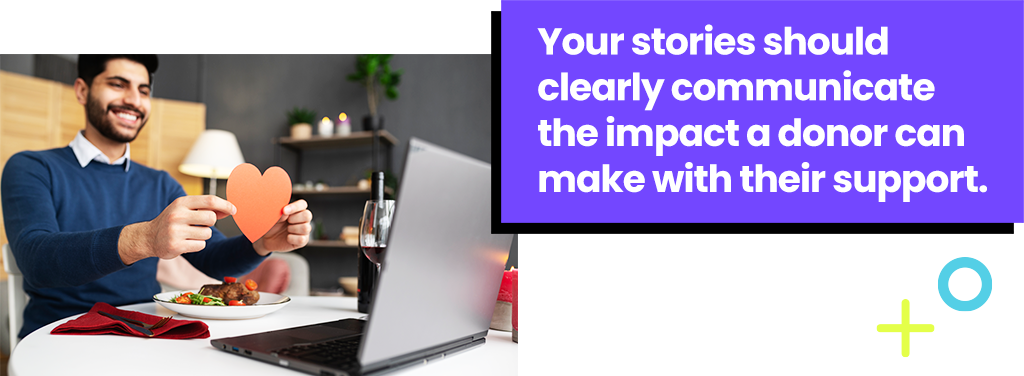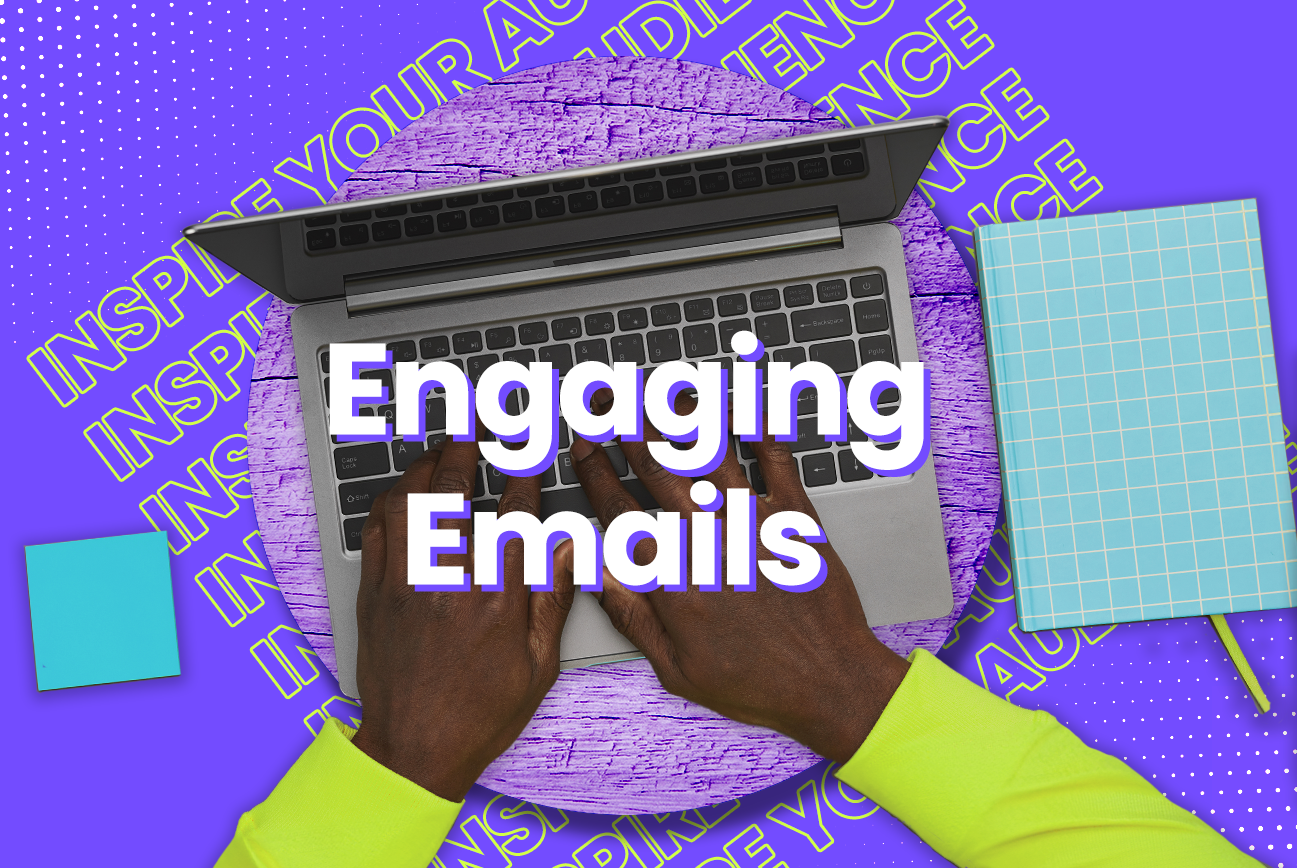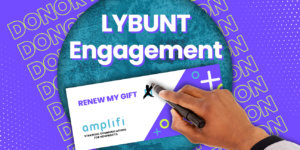A donor’s inbox is a noisy place. And nonprofits raise an average of just $17 for every 1,000 fundraising emails they send, according to Nonprofits Source. We don’t think that’s good enough!
Digital strategies are at the forefront of every modern fundraising plan. And nonprofit professionals are always looking for ways to improve email open and click rates. But vanity metrics don’t mean anything if the rest of your email doesn’t inspire your audience to follow through with a donation.
Too many nonprofits spend so much time on the details of their emails but neglect the good stuff in the middle.
If the content of your email is lacking, you won’t see the donations come in as expected.
You may think you know every trick in the book. But the fundraising landscape is always evolving. So, it’s time to get back to the basics and make sure you have a strong foundation before moving forward.
So, as you read, ask yourself if you’re including the essential elements of every engaging email in your outreach.

An enticing subject line.
According to Koka Sexton, 47 percent of recipients decide whether to open an email based on the subject alone.
And nonprofit emails are opened at a much higher rate than most other emails. So, your subject line might be to blame if you’re struggling.
You need to think of your subject like the headline of an article if you want to create more engaging emails. You need something that grabs the reader’s attention and makes them want to read on to learn more. Subject lines like “Your Monthly Newsletter” or “Support our Latest Initiative” won’t cut it.
So, what can you do?
First, take steps to be more personal by including a recipient’s name in the subject. Even “John, can we count on your support?” is a huge improvement. But 79 percent of nonprofits still don’t include a first or last name in their email subject, according to Nonprofit Source.
Communicating a sense of urgency can help you create more engaging emails. And this approach can be especially powerful as time-sensitive campaigns, like your end-of-year appeal, are ending.
“John, there’s only 2 days left to make your mark this year,” lets the donor know they are running out of time to support your mission!
Keep in mind, you want the entirety of your subject line to display in the user’s inbox. So don’t let your subject run beyond 70 characters. We find the sweet spot is between 40 and 60.
And don’t forget to consider who your audience is receiving the email from! An email from the organization itself feels like a generic message. So, use someone in your organization as the sender instead!
READ MORE: 4 ways nonprofits use data to optimize their emails.

A clear purpose.
Engaging fundraising emails all have at least one thing in common. They drive users to an online donation page and inspire giving. Without a strong and obvious call-to-action, recipients could mistake your email appeal for another piece of educational information.
You don’t want to leave anything to chance when it’s time to make the ask. You’ve spent so much time and effort getting to this point. So, don’t miss out on the fruits of your labor by using an ineffective call-to-action.
Make sure it stands out from other text and images in your email. It should be clear what you want the donor to do. Consider placing a link to your online donation page at the top and bottom of your email. Link the page to any and all images. Nearly every click should help the donor find their way to your online giving page.
READ MORE: Making your nonprofit’s call-to-action more attractive.

A sentimental story.
All the elements we’ve discussed above can help make it easier for your audience to go from their inbox to your donation page. However, if you truly want to create more engaging emails, you need something powerful to motivate your donor base.
Technical and strategic improvements are great. But they will not inspire giving on their own.
You need to tell a story in your emails, especially when making an ask.
The best stories will be relatable to your audience, feature a person close to the issue, demonstrate the impact donors have on your nonprofit’s work, and evoke an emotional response that inspires giving.
For example, let’s say your organization is helping provide relief to an area recently devastated by a hurricane and flooding.
Your story might feature someone who lost their home and was helped back on their feet by the organization’s work. Or, it could tell the story of a first responder who saved lives with the supplies purchased with money raised by a nonprofit. In either case, use people’s real names and powerful visuals to bring the story close to home. Then, connect the dots and explain how your audience can help those who need it most.
Remember, telling a story doesn’t require a lengthy letter. Keep your story focused, to the point, and use visuals to support it. This is especially important for creating engaging emails for mobile users. When in doubt, less is more.
READ MORE: There’s always a new story to tell.
Content is queen.
You can spend hours making sure your emails are technically sound. And you can go through your data with a fine-toothed comb and determine the best time to send your email to targeted audience segments.
However, if you can’t encourage donors to give with the content of your email, you won’t bring in the donations, no matter how many opens you get.
There’s no shortage of quick fixes you can use to make the most of your email appeals. However, none of them can replace a lack of quality, engaging content. Painting over rust only hides what’s underneath. Your donors will quickly discover what is hiding below the surface.
Want to talk specifics about your email outreach? Click here!


![[amplifi] - eBook pop ups and banners _Emails (Blog) FREE eBOOK: Fantastic Fundraising Emails - The complete guide for nonprofits](https://amplifinp.com/wp-content/uploads/2022/04/amplifi-eBook-pop-ups-and-banners-_Emails-Blog.png)






